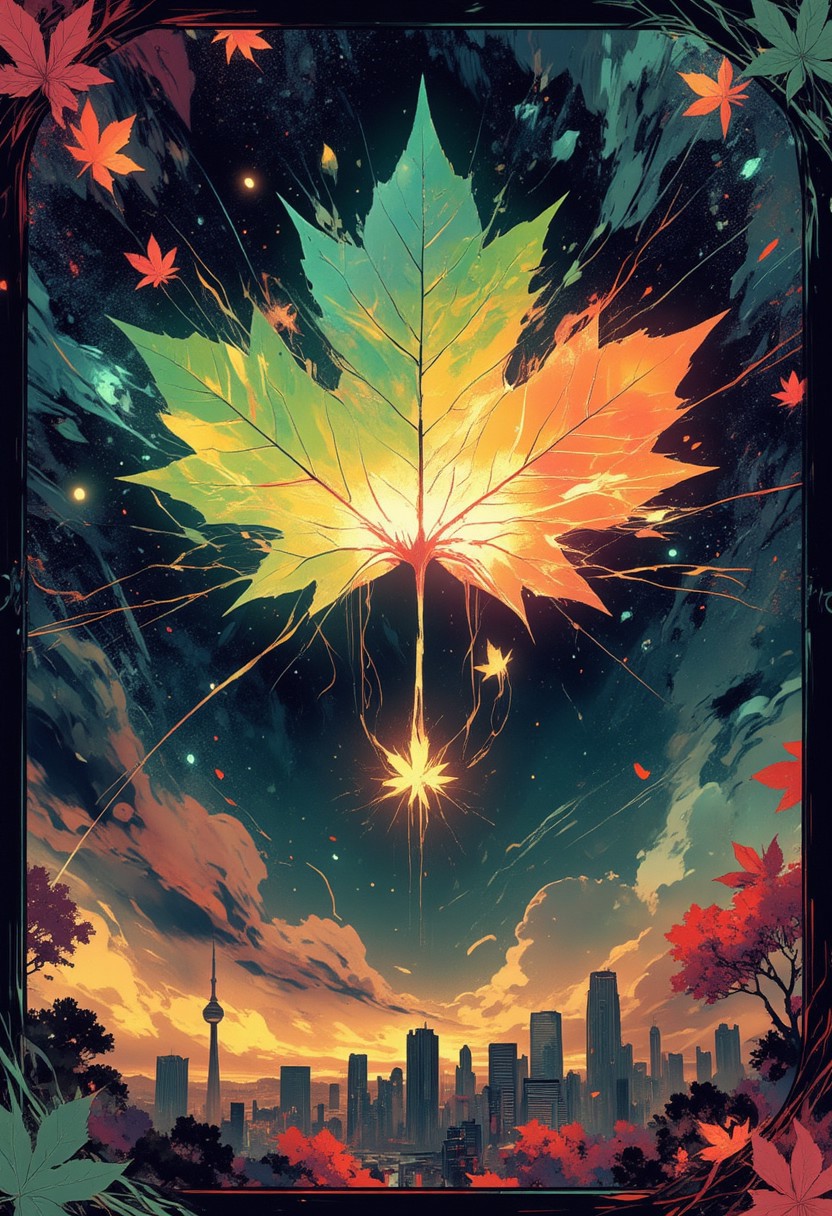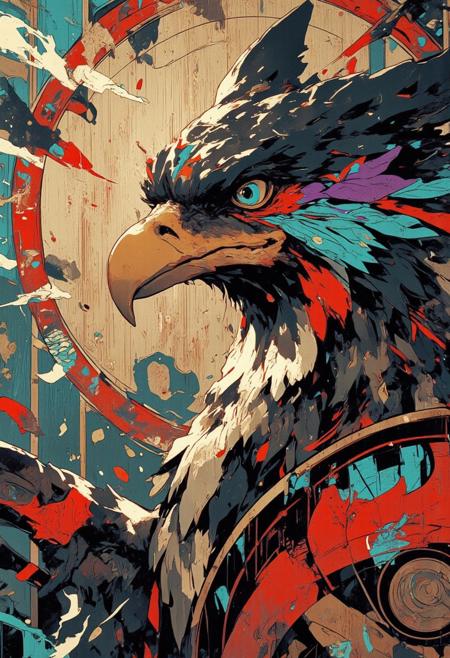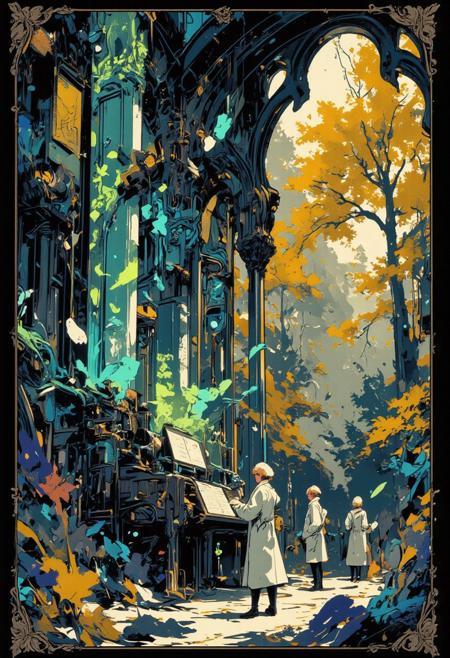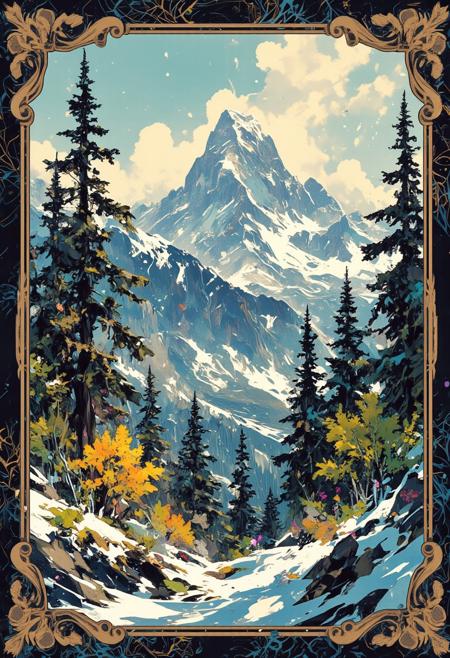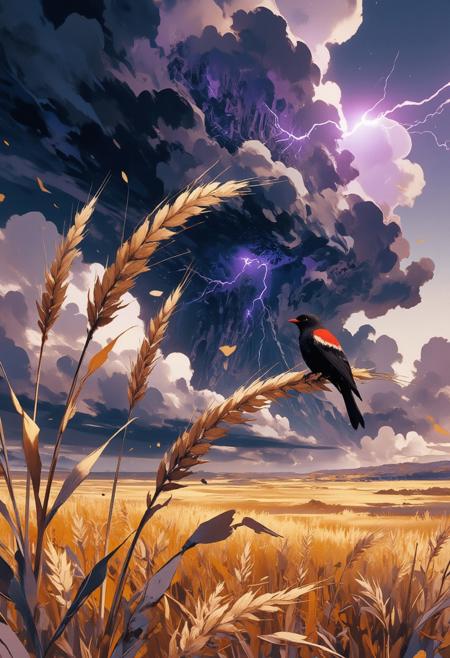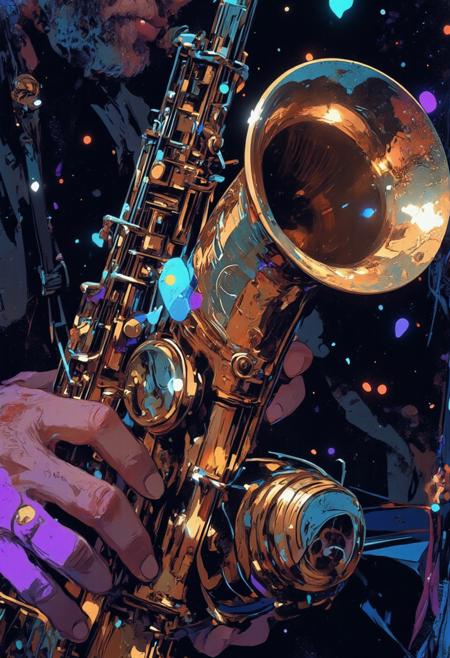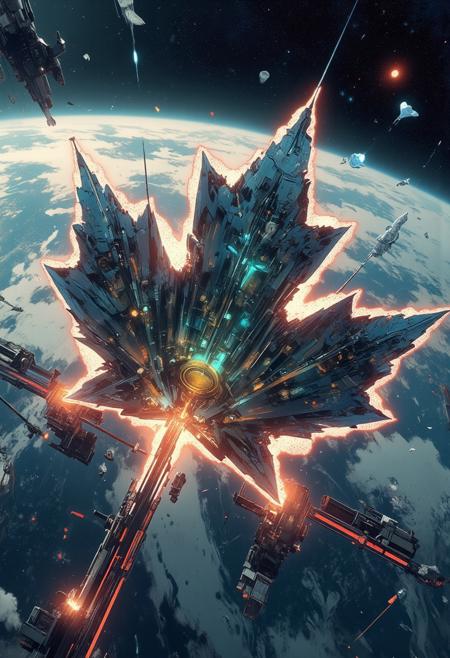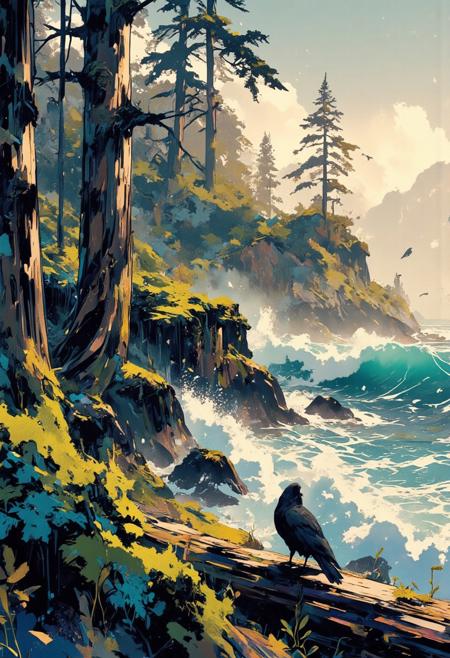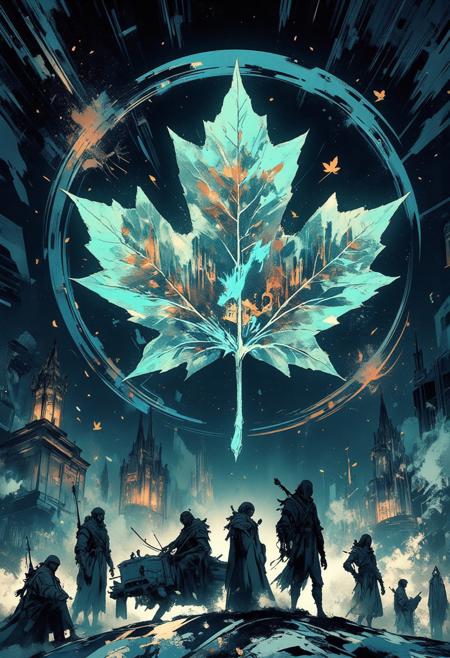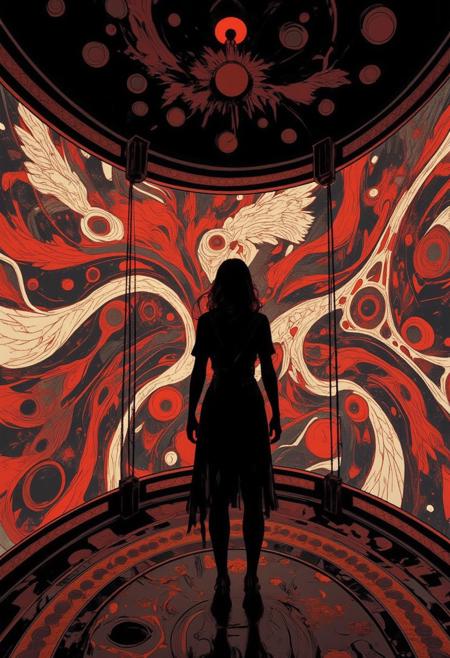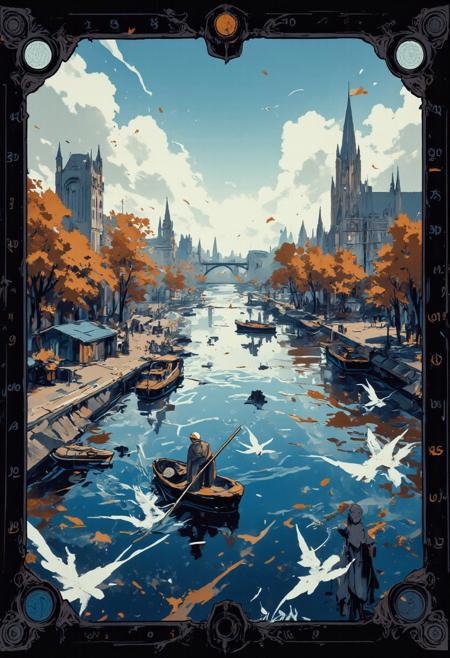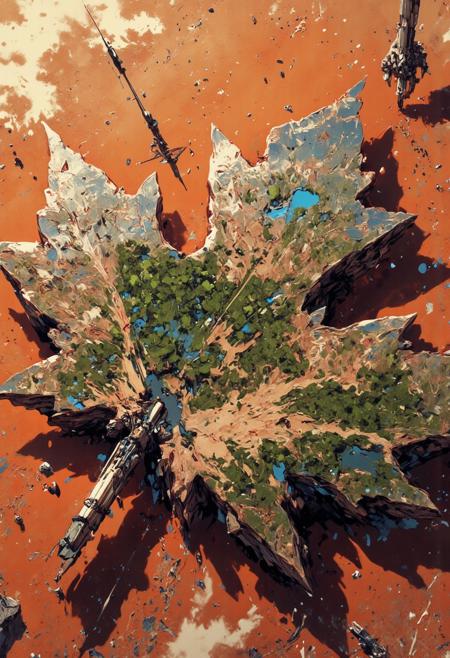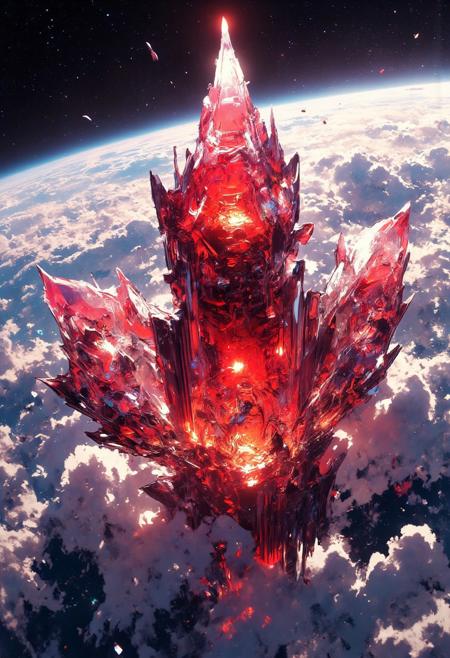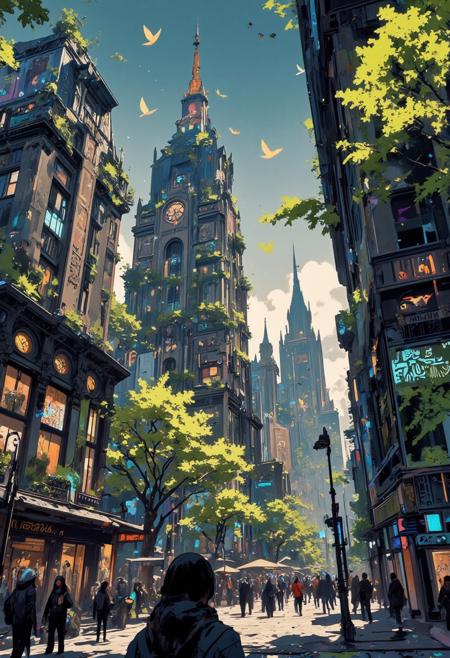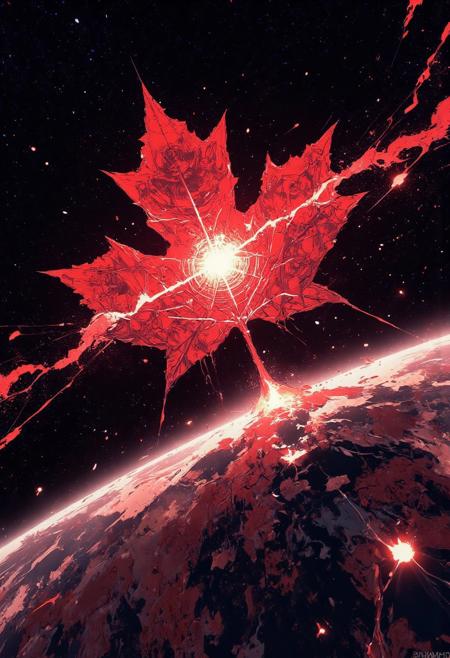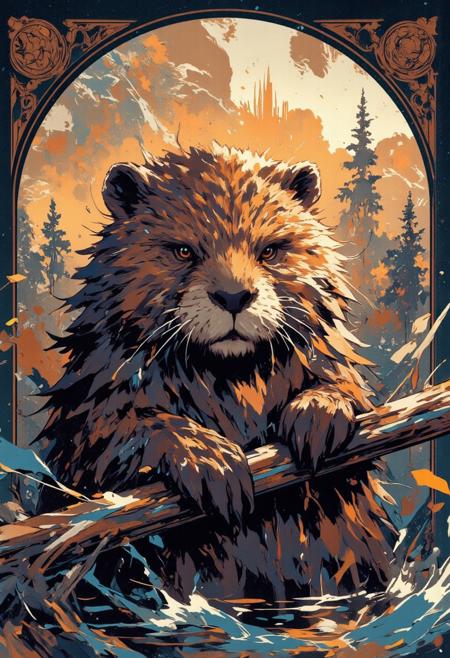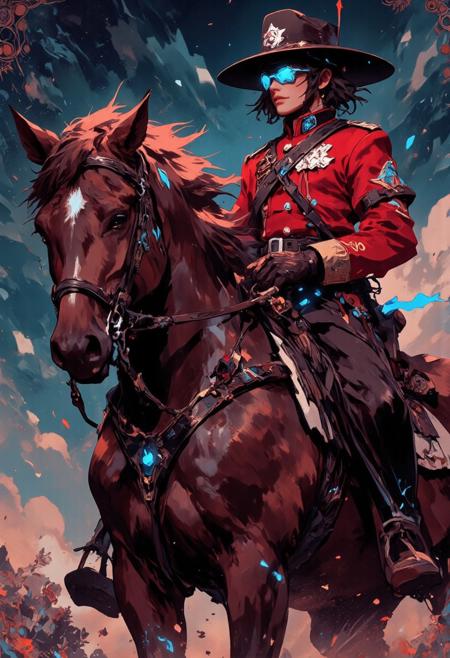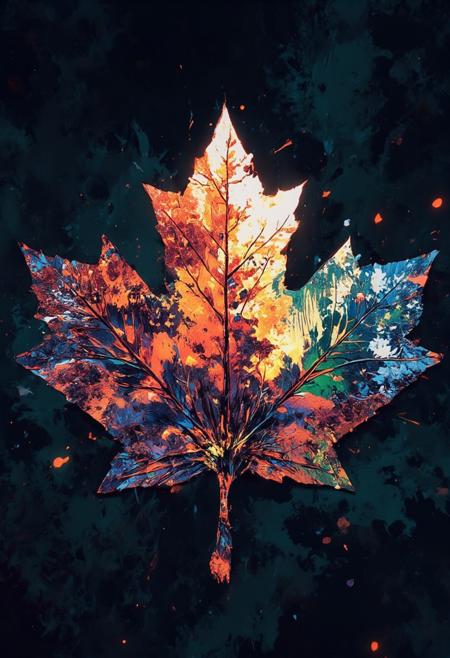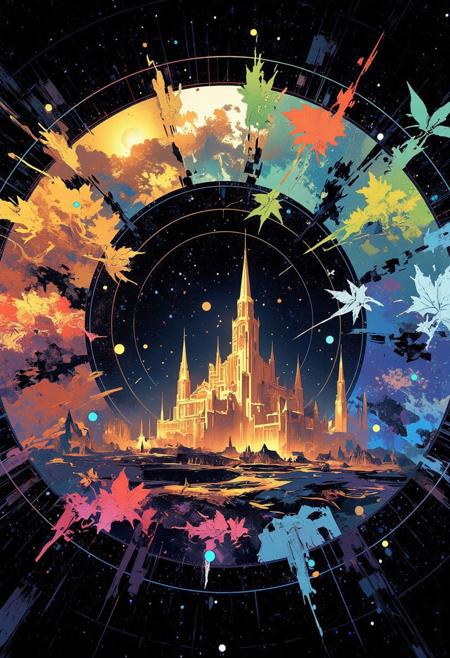Mh1$AgThS2 A colossal maple leaf floats in low Earth orbit, its veins pulsing with liquid starlight harvested from neutron stars. The leaf's surface shifts between seasons every 5 seconds—spring's neon green, summer's solar gold, autumn's supernova red. Below, Toronto's CN Tower shoots a beam of quantum energy into its stem, feeding data to a galaxy- wide Canadian consciousness. Space elevators made of transparent graphene connect the leaf to cities below, their cables humming with maple- syrup- infused superconductors. The entire composition glows against the cosmic backdrop of the Carina Nebula, its colors amplified by quantum filters. Thin border of DNA- shaped maple seeds on a dark border background
0
52
Safe
Private
